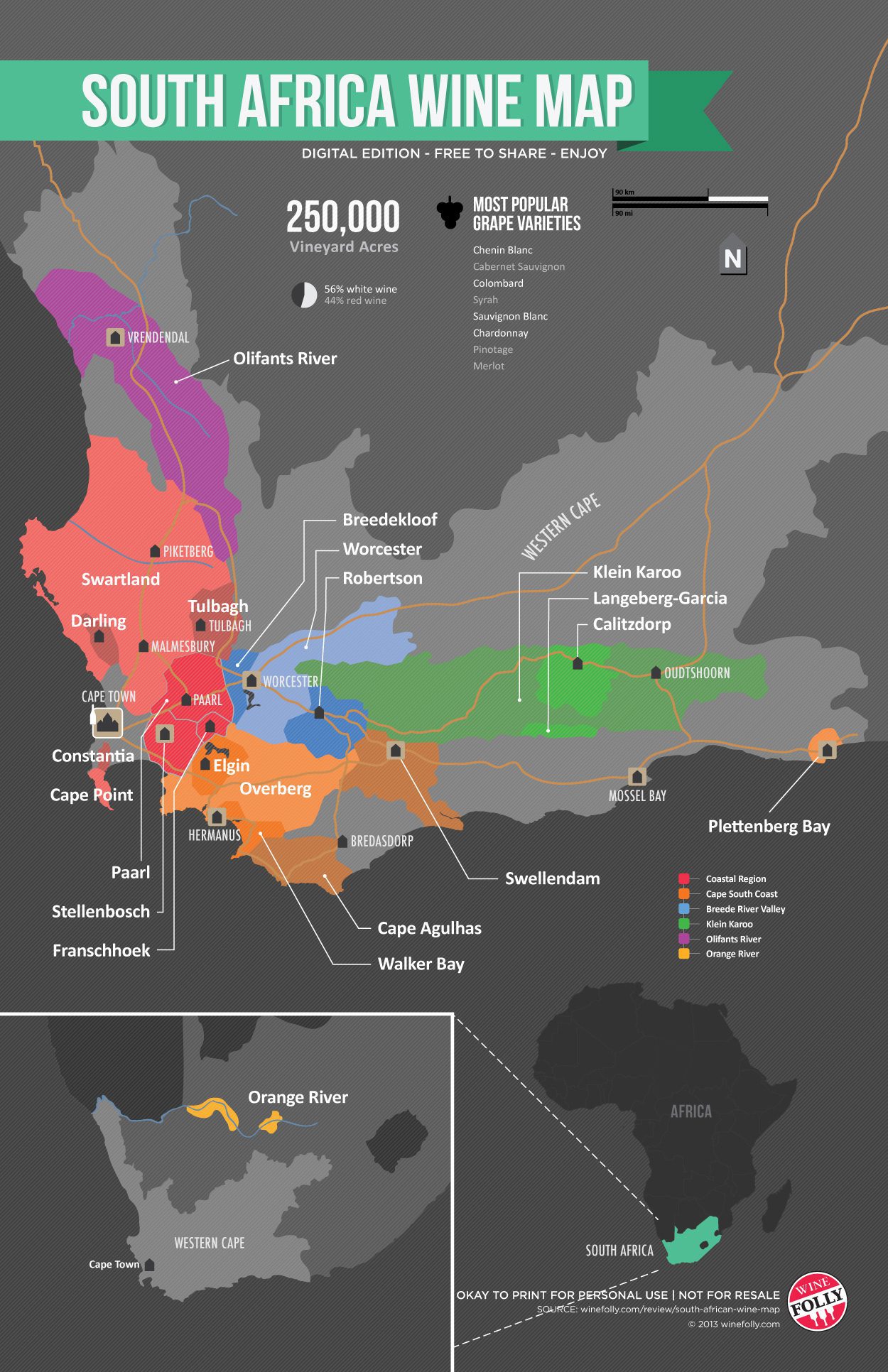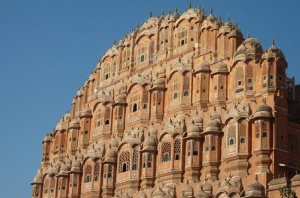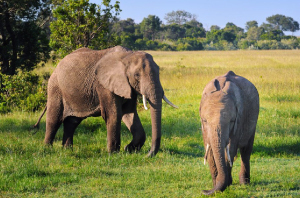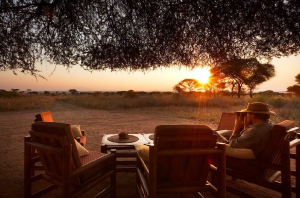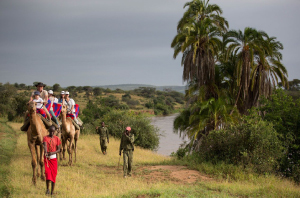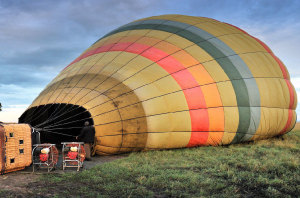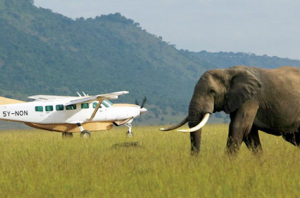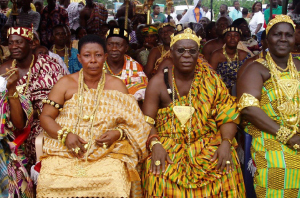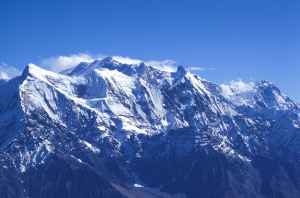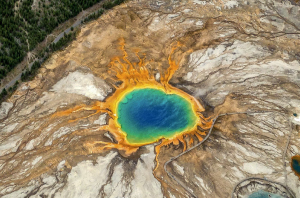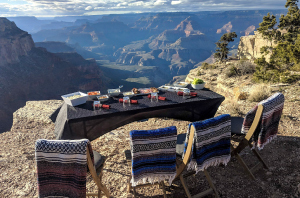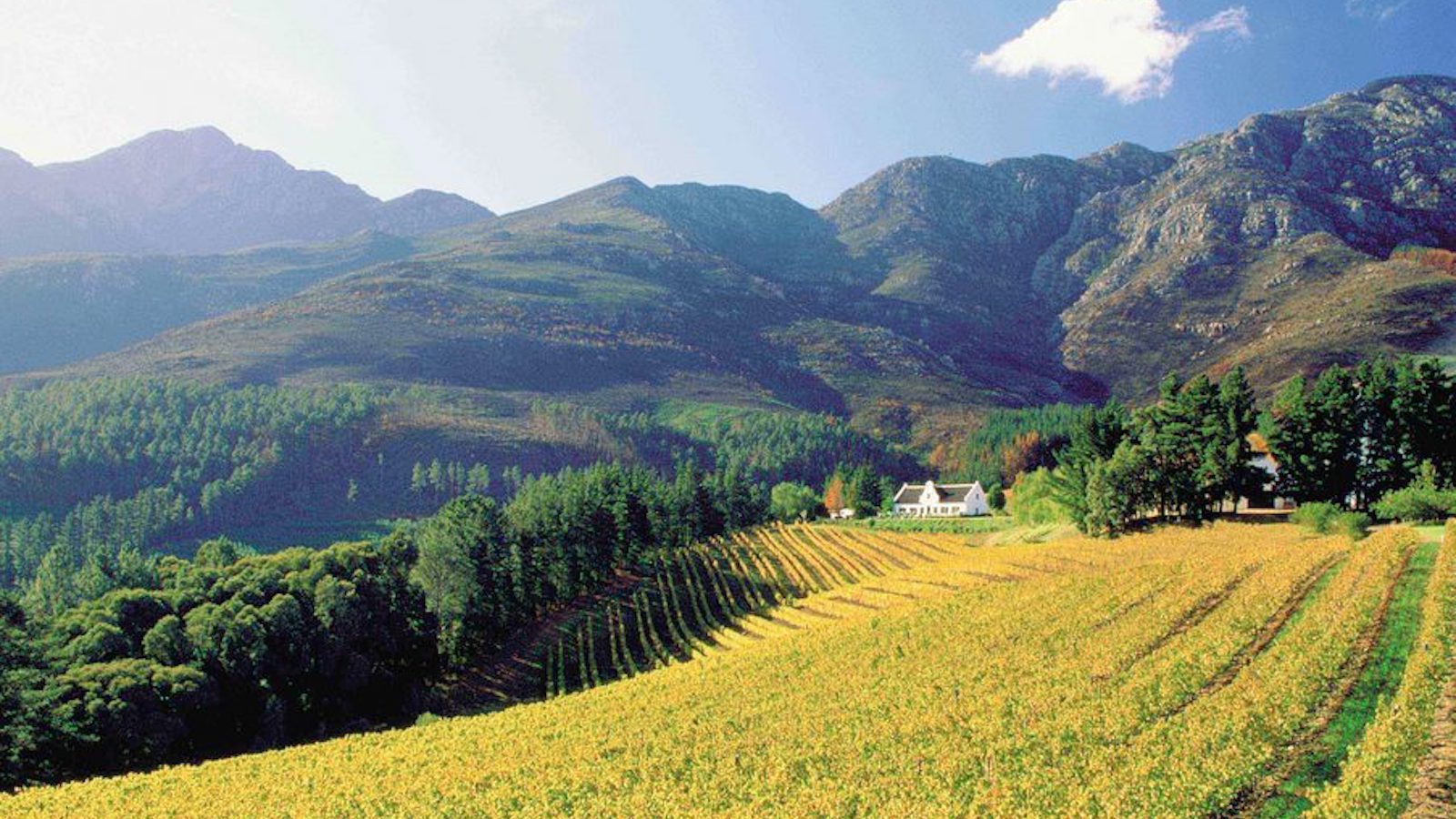Having splashed onto the scene in the mid-17th century, South African wines have never been more relevant, more groundbreaking, and more delicious than they are right now. Below, we’ll pop the cork on the world of South African wine – a world with a complex past and vibrant future that’s about more than what’s in your glass. But don’t just take our word for it. We think this post is best read with a glass of Franschhoek Valley Pinotage in hand!
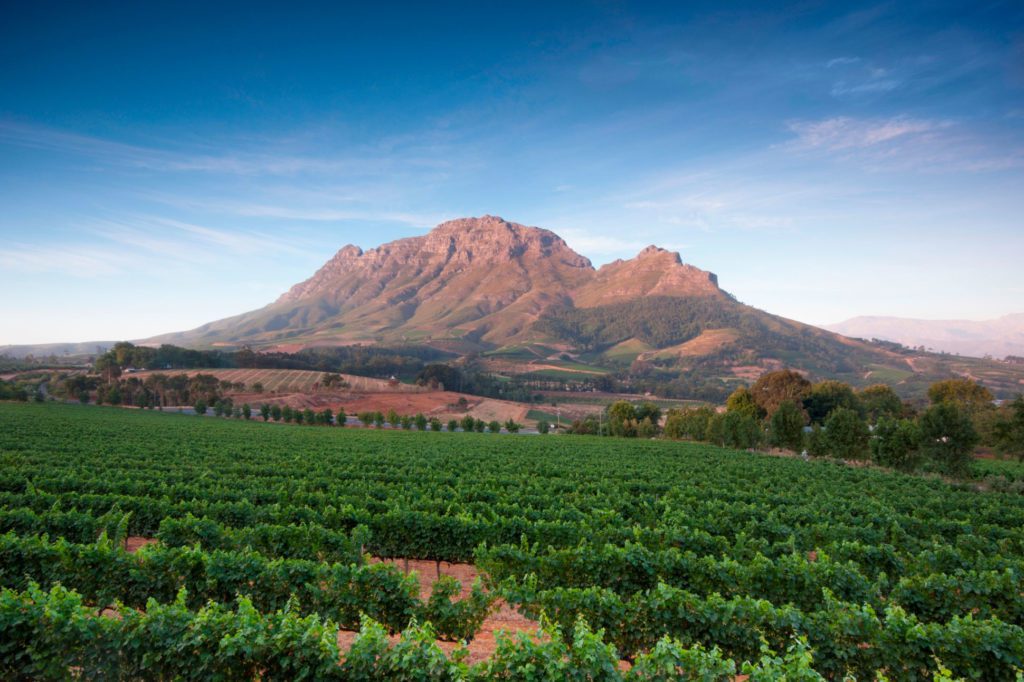
The First Sip
While South African wine is often considered to be a “new world” wine producing country, any South African local will tell you that the country has actually been in the wine business for centuries as a result of the Spice Trade. Since Cape Town was a refueling point for Europeans on the way to India, settlers and locals alike built a burgeoning wine business quenching the thirst of sailors. By the early 18th century, South Africa had become known around the world for a vintage called Constantia (which is still produced today) that was enjoyed even in the royal courts of the most veteran winemakers — the French.
In the years that have followed the end of Apartheid, South African wine production has grown by leaps and bounds – in fact, South Africa now produces a little over 4% of the world’s total. South Africa’s signature variety Pinotage (a cross between Pinot Noir and Cinsault grapes), Chenin blanc, Cabernet Sauvignon, Shiraz, and Merlot grapes make up for the majority of plantings in the Cape Winelands. While each district of the winelands has its own weather, soil, and mineral characteristics determining varieties that grow best (you can read a little more about that here), the cool, wet winters and warm dry summers allow for positively thriving grapevines throughout the region. During the hottest summer afternoons, the sea breezes from the Atlantic and Indian oceans actually help to cool the vineyards, which slows the ripening process so that more intense flavors develop. This intensity has become one of the most notable features of all South African wines.

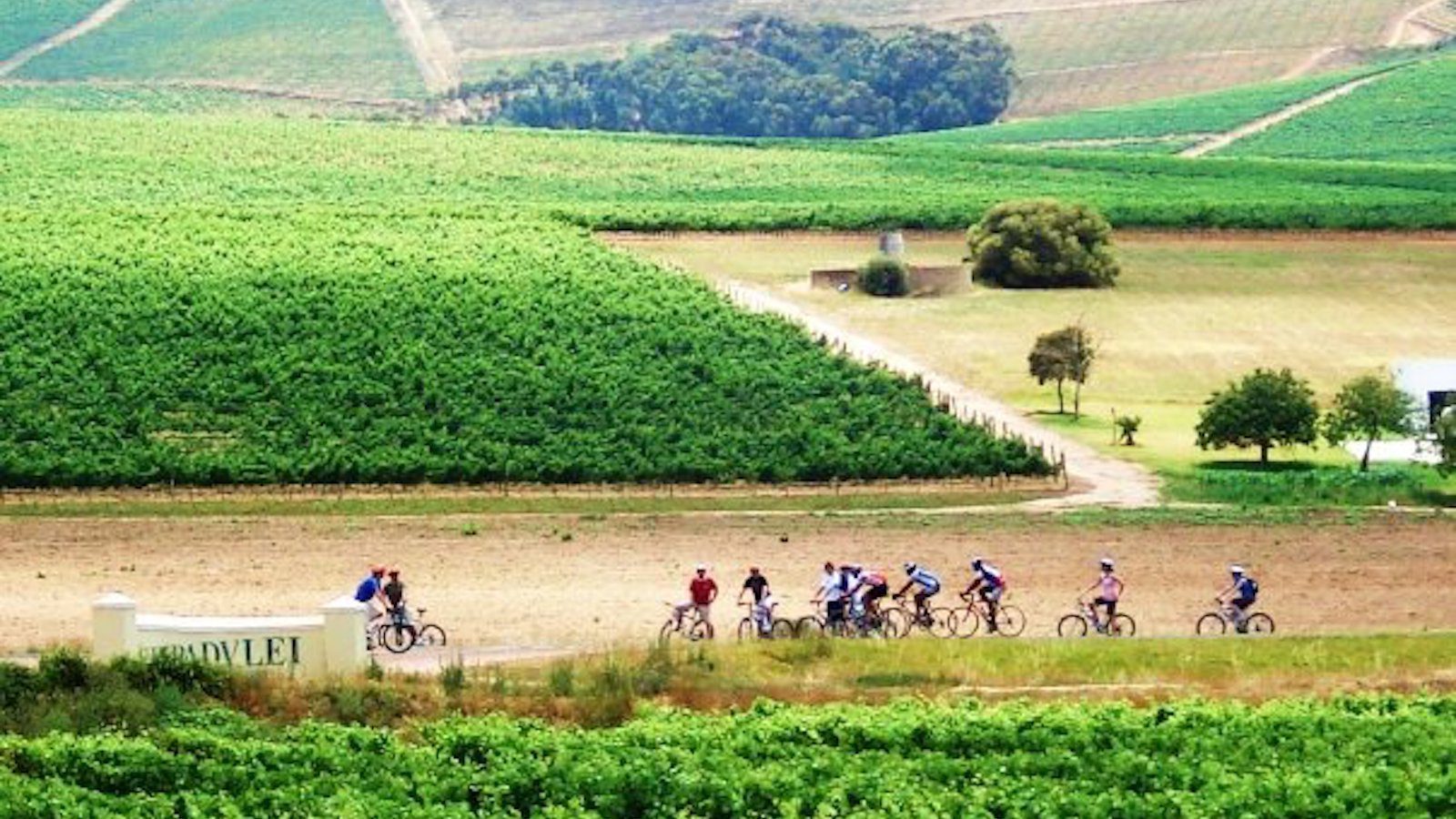
Nearly all of the Cape Winelands also make up an area called the Cape Floral Kingdom, a geographic zone teeming with ecological biodiversity – it’s home to more than 10,000 species of plants, 70% of which don’t grow anywhere else in the world. For this reason, South African wine growers have played a unique role in conservation efforts throughout the region. In 2004, a pioneering partnership called the Biodiversity and Wine Initiative united South African wine producers with the conservation sector to set aside vast tracts of land marked entirely for conservation. And in 2010, South Africa’s Wine and Spirit Board launched a Sustainability Seal that marks all vintages produced following sustainable winegrowing and winemaking principles. To date, over 95% of the South African wine industry has adopted these practices.
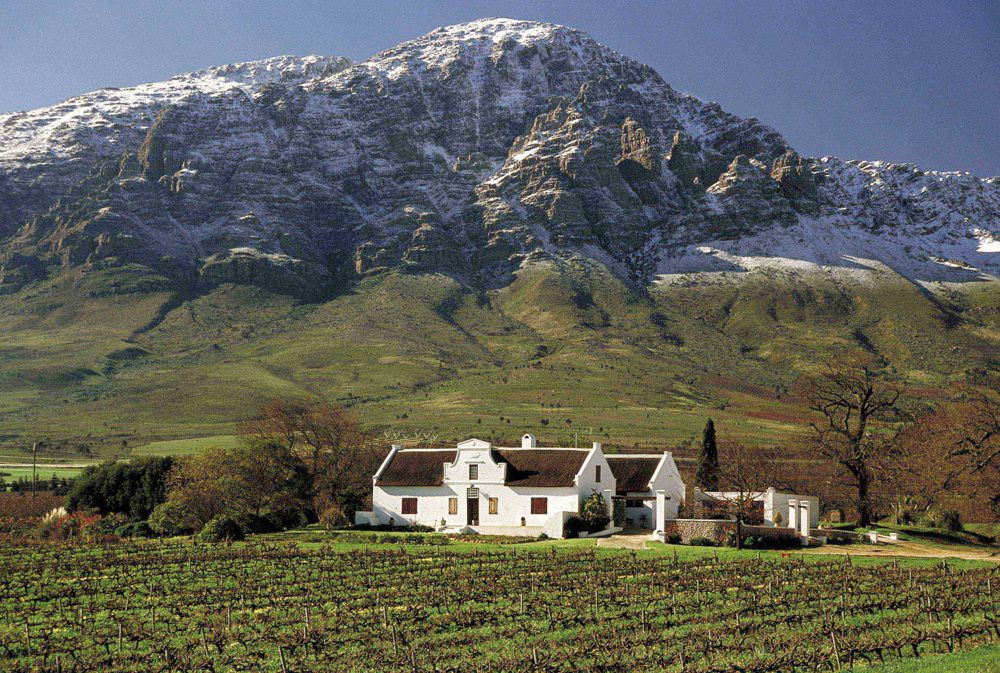
Visiting the Cape Winelands
One of the best ways to immerse yourself in the Cape Winelands experience is via the wine routes, where South Africa’s breathtaking vineyard landscapes meet luxurious fine dining and lodging experiences. With 17 routes to travel throughout the region, each with their own unique personality, adventures abound! Get started on your own journey below, and get in touch for even more ideas!
The Constantia Route: A 20 minute car ride from the center of Cape Town, this route showcases the Cape’s oldest producing wine region; some of the estates date back nearly 300 years! While it may be the smallest of the wine routes, its vineyards – including Groot Constantia and Klein Constantia – are renowned worldwide.
The Stellenbosch Route: Known as the Gourmet Capital of South Africa, the Stellenbosch region is also one of the top wine tourism destinations in the world, with nearly 200 wineries and 5 subroutes for visitors to explore.
The Franschhoek Route: Winding through the magnificent undulating landscape of the Franschhoek Valley, the Franschhoek Route is a fantastic journey by car, bike ride, or even the famous Franschhoek Wine Tram! Franschhoek is also a premier destination for international art enthusiasts, with dozens of fine art galleries and art experiences throughout the region.
The Hermanus Route: The Hermanus Route meanders along Walker Bay with fifteen wineries open for tours and tastings. But the Hermanus Route’s most noted claim to fame? It’s one of the Cape’s top destinations for whale watching!
